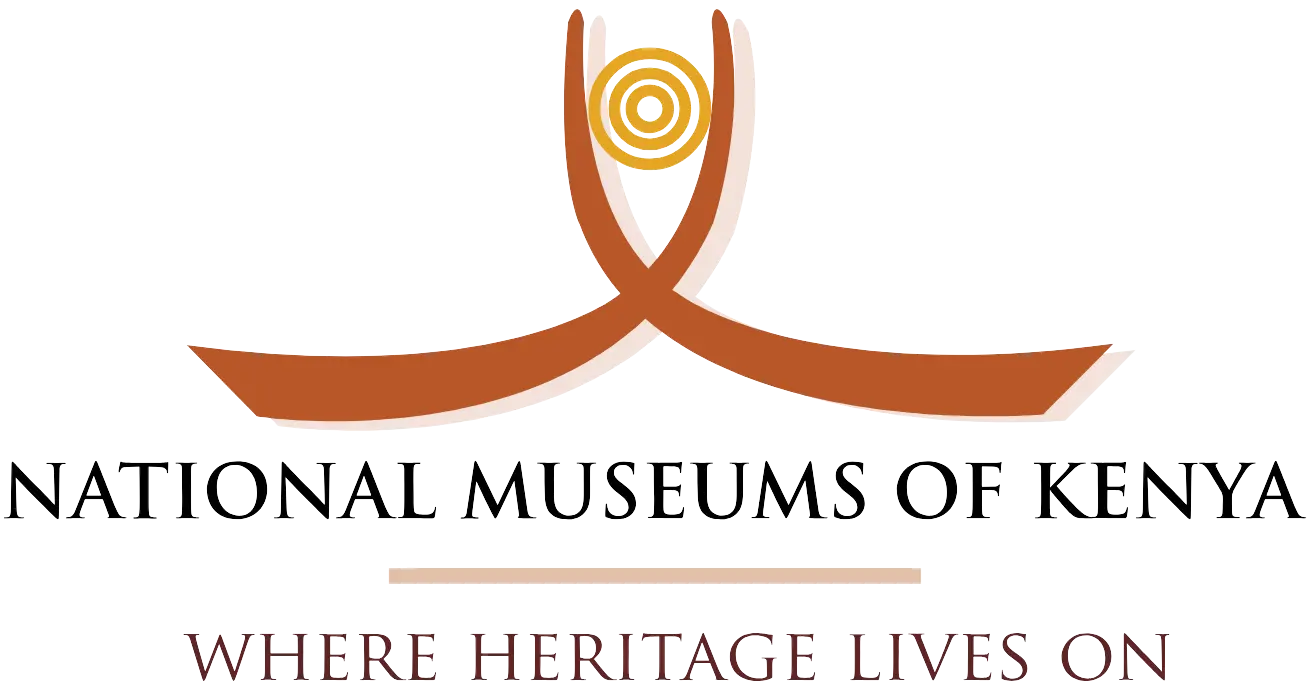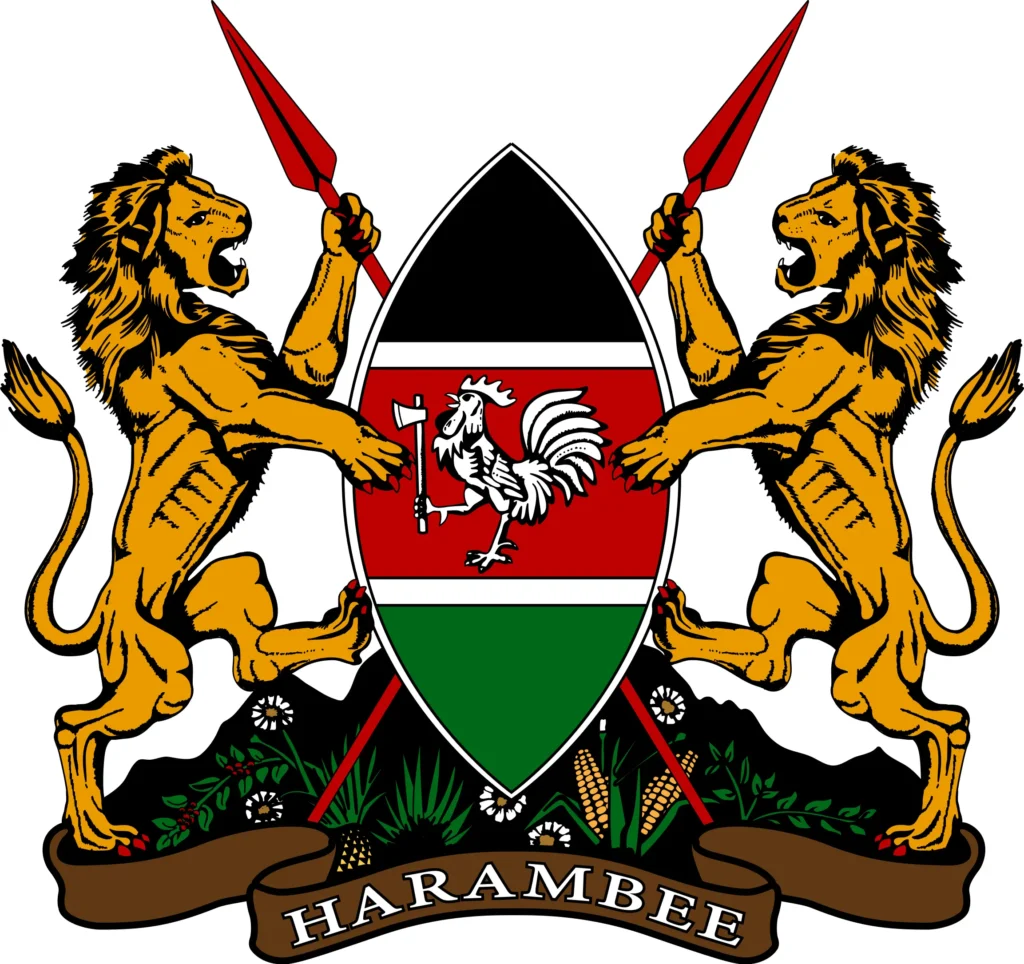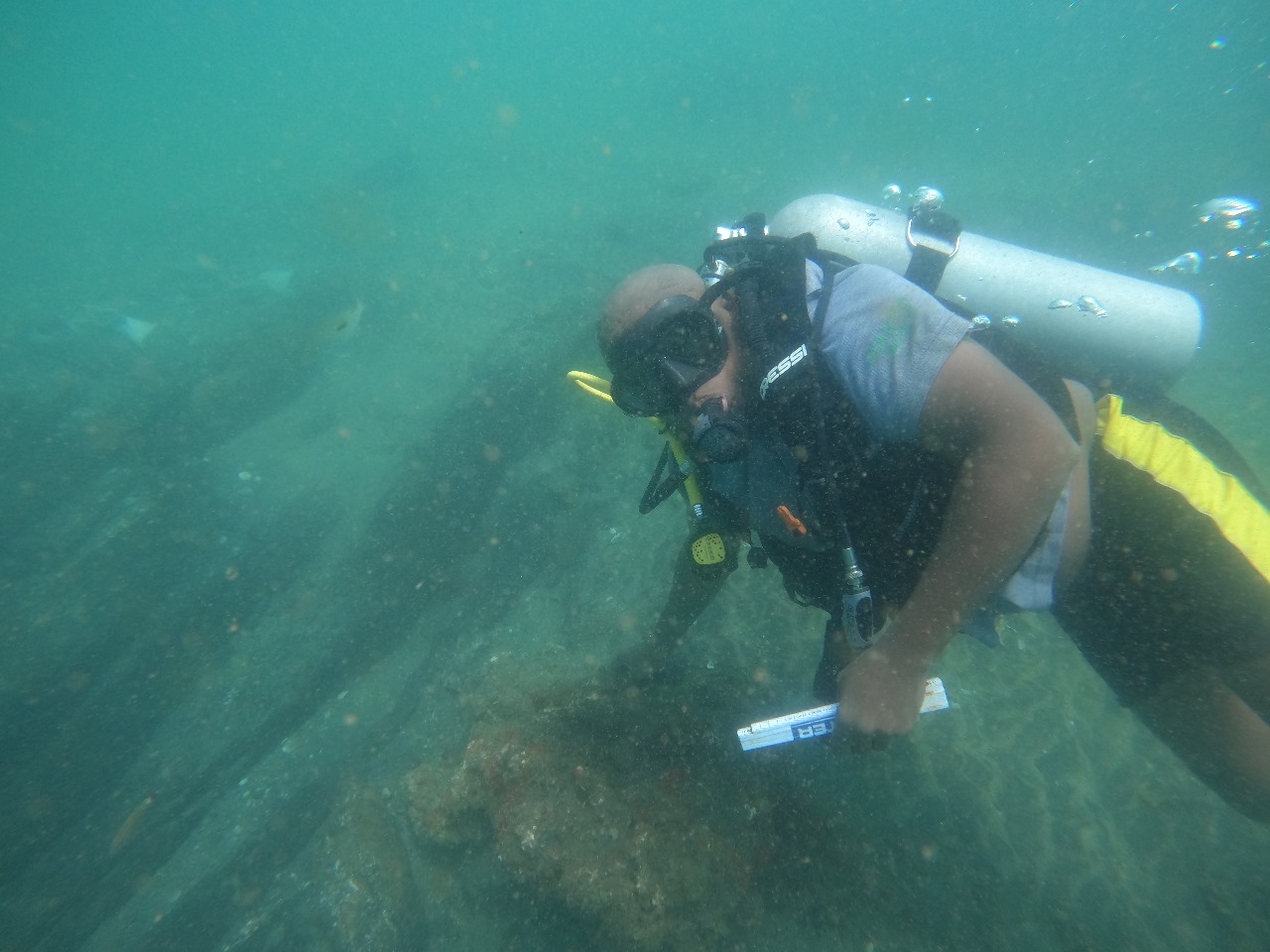Ngomeni Shipwreck: Unearthing a 16th-Century Maritime Treasure
By Lilly M
It’s not every day you stand at the edge of history—gazing into the past through waves and time. When I travelled to Malindi for the media launch of the Ngomeni Shipwreck Project, I knew I was about to witness something extraordinary. Beneath the surface of Kenya’s coastline rests a 16th-century Portuguese shipwreck—once forgotten, now rising from the depths with stories to tell.
Hosted at the charming Malindi Museum, the launch marked a pivotal step in preserving and showcasing Kenya’s underwater cultural heritage. Soon, the museum will house the artifacts recovered from this wreck, transforming it into a vibrant gateway to centuries-old maritime history.
The event’s atmosphere was electric—reverent yet full of curiosity. At the heart of it was Dr. Caesar Bita, lead maritime archaeologist at the National Museums of Kenya (NMK). When he spoke, it was more than a presentation—it was a passionate storytelling session. He traced the ship’s journey, likely a Portuguese nau that sailed the historic Vasco da Gama trade route, transporting ivory, copper, and cinnabar before succumbing to the ocean’s force just 500 meters off Ngomeni, resting at a depth of six meters.
Dr. Bita reminded us that this wreck isn’t just a pile of ancient cargo—it’s a time capsule. One that captures the intertwined lives of sailors, explorers, and merchants, and the vibrant trade history of the Indian Ocean. His mission to preserve and share these stories is not just academic—it’s national, cultural, and deeply human.
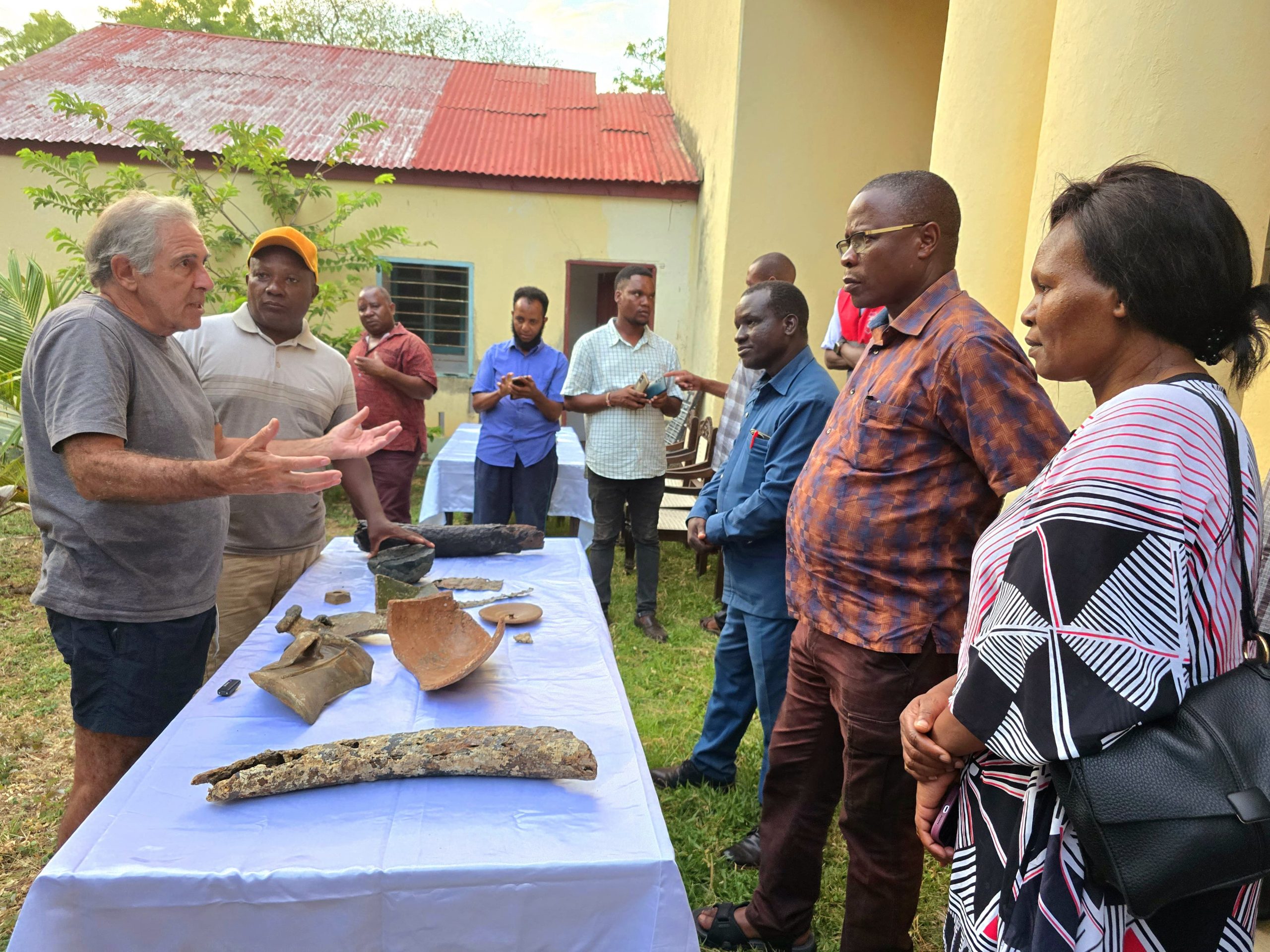
Leadership and Legacy
The presence of Prof. Mary Gikungu, Director-General of NMK, Edwin Abonyo, Chair of the Board, and Dr. Terer from the Directorate of National Repository and Research, underscored the project’s national importance. Their support reaffirms the government’s commitment to heritage preservation, innovation in archaeology, and community development.
This discovery is the result of years of dedicated underwater survey, excavation, and conservation—an achievement made possible by tireless effort and scientific expertise. Yet what struck me most was the humanity behind the science. For Dr. Bita and his team, the project is not just about recovery—it’s about education, community engagement, and legacy-building.
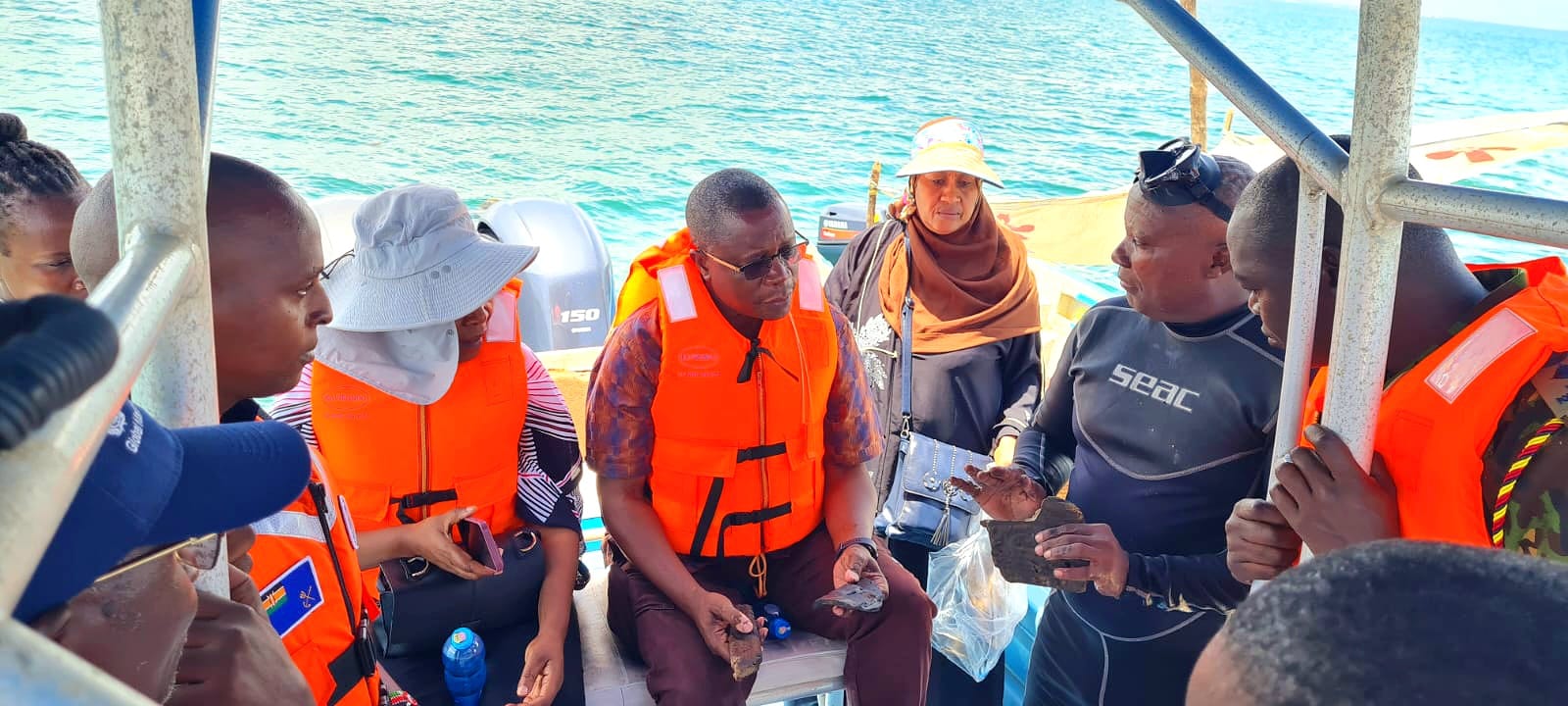
Beyond the Wreck: A Community Awakens
One of the project’s most transformative aspects is its local impact. Fifteen young men from Ngomeni have been trained as divers, with others employed in technical and support roles. Plans are underway to establish a museum, support local schools, and introduce language and skills training. The local diving and support team has affectionately become known as #TeamCaesar—a tribute to the respect and trust Dr. Bita has earned.
This isn’t new terrain for him. In Mida Creek, he has championed community empowerment by helping locals establish eco-tourism ventures, organic farms, and mangrove reforestation initiatives. Archaeology, under his vision, is not just about artifacts—it’s a catalyst for sustainable development.

Global Experts, Shared Purpose
I had the privilege of visiting Mida Creek alongside Dr. Bita, Professor Filipe Castro—a renowned Portuguese underwater archaeologist—and Gary Philbrick, a 77-year-old diver with over 65 years of experience. Gary’s unwavering support, both in expertise and financing, is a cornerstone of the project. The welcome we received from the community—complete with shared meals, songs, and storytelling—was deeply moving.
Equally inspiring was meeting Susan Mtakani, a formidable diver with the Kenya Coast Guard whose rescue and recovery work exemplifies bravery. Her presence highlights the breadth of talent driving this effort—from historians and scientists to divers and local champions.
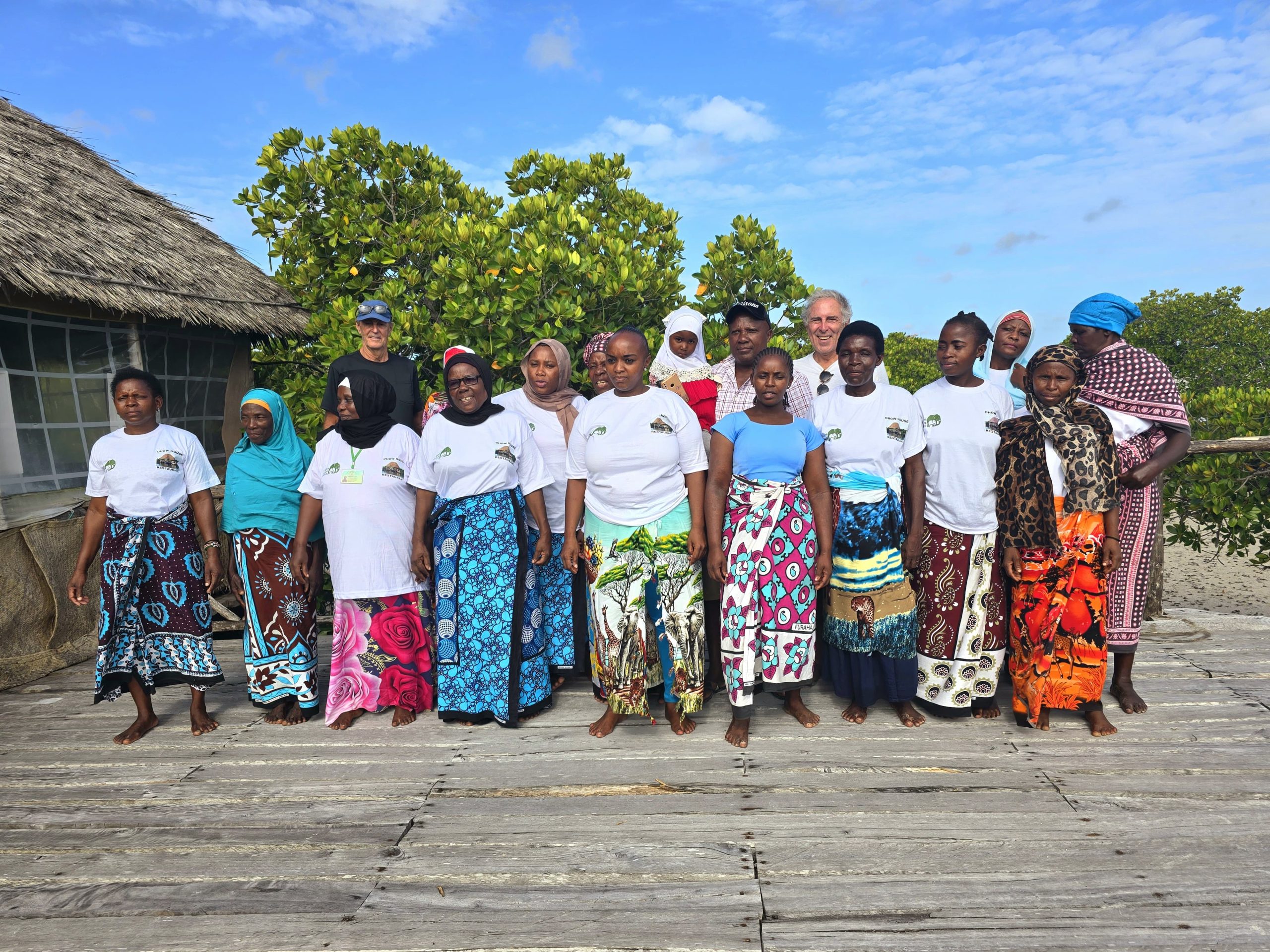
Looking Forward
Listening, watching, and learning from this team has been transformative. Though I’ve never dived, I now find myself drawn to underwater photography or marine sonar technology, just to be closer to the awe-inspiring work being done here.

Ngomeni is more than a shipwreck. It’s a story of rediscovery, resilience, and renaissance. It’s a living reminder of Kenya’s deep connection to global history—and how that history, when responsibly unearthed and shared, can build opportunity and pride for generations to come.
